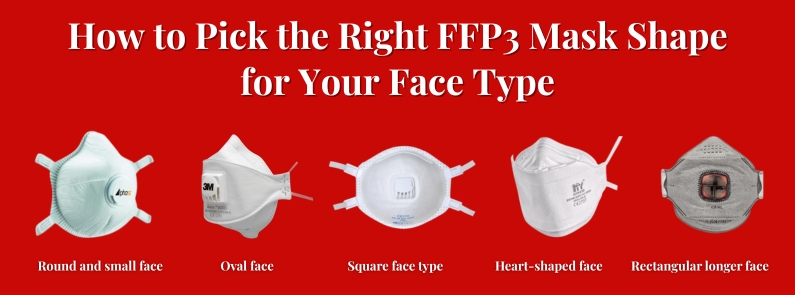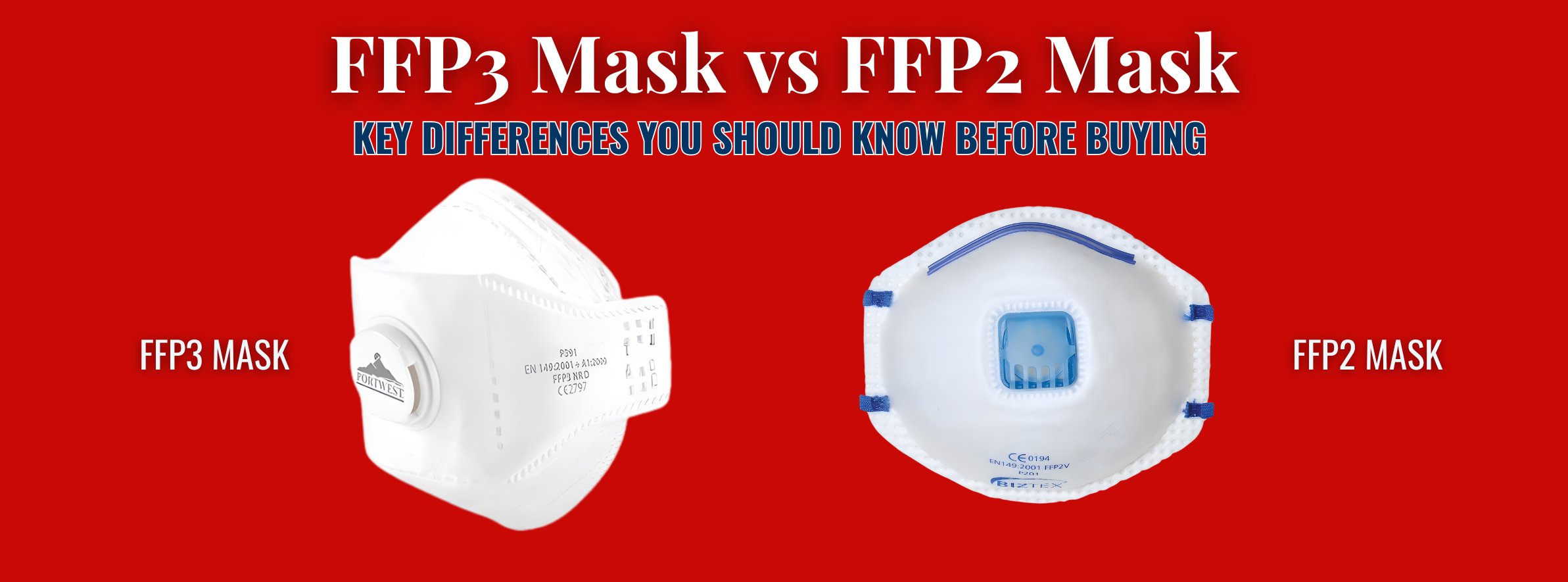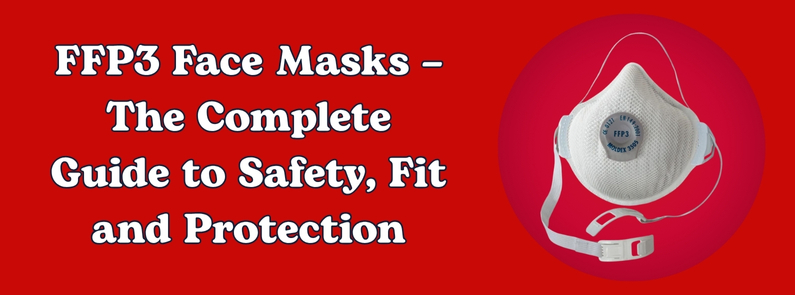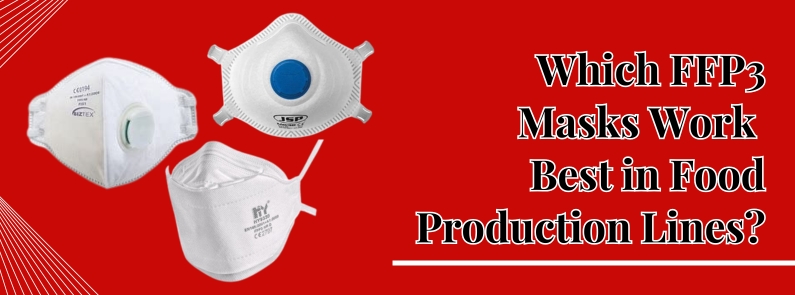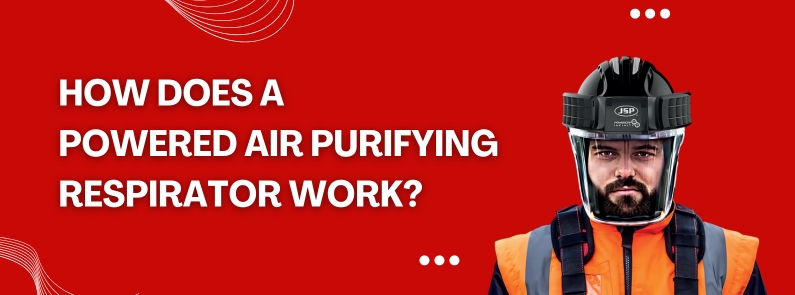
Respiratory protection equipment plays an important role in protecting workers’ health in areas where airborne hazards pose serious threats to safety. The traditional masks, FFP3, were effective as they provided 99% of filtration efficiency, but some limitations made it difficult to use.
For instance, they couldn’t be worn for long periods because they caused breathing resistance, heat buildup inside the mask, and discomfort due to the tight seal required around the face.
That’s why a better alternative was required that made the masks more comfortable while ensuring consistent efficiency. Powered air-purifying respirators have become the solution that industries with high-risk environments require to safeguard the health of employees and staff.
Have you been recommended to use a PAPR, or powered air-purifying respirator, and are wondering how it works? This detailed guide is for you, covering all aspects related to PAPRS.
What is a Powered Air Purifying Respirator?
A powered air-purifying respirator is a battery-powered respirator that blows contaminated air through filters or cartridges, supplying clean air to the person. Battery-powered fan actively draws air through the filter and pushes it into the hood or mask, making breathing easier.
In traditional masks, like N95, workers’ have to rely on their lungs to pull air through the filter; however, PAPRs do the heavy lifting. When compared to traditional respirator masks, PAPRs offer higher comfort, reduced breathing resistance, and provide a higher level of protection. It is because the PAPRs provide a continuous stream of filtered air, which reduces fatigue.
Components of a Powered Air Purifying Respirator
There are several components of a powered air respirator responsible for guaranteeing clean air delivery. Given are the basic parts:
- Blower
The heart of the powered respirator is the battery-operated blower, which draws in ambient air through the filter system, overcoming the annoying resistance that users would experience with a normal dust mask. - Filters or Cartridges
These filter the air. Filters are selected depending on the type of contaminant present (particulates, gas, or vapour) in the work environment, with HEPA filters (with an ability to remove 99.7% of airborne particles that are larger than 0.3 micorns), being particularly common for dust and biological hazards. - Breathing Tubes
The blower unit injects filtered air into the powered respirator mask or headpiece through the breathing tube. - Facemask or Hood
The filtered air is delivered to a tight-fitting facepiece, a loose-fitting hood, or a helmet, depending on the application. This removes sealing interference for many users, including facial hair or eyeglasses, which could interfere with the seal of a normal dust mask. - Batteries
Modern powered air respirators are equipped with rechargeable batteries, providing several hours of continuous operation to ensure workers are protected throughout their shifts.
How Does a Powered Air Purifying Respirator Work?
Powered Air Purifying Respirators (PAPRS) are advanced respiratory protection equipment suitable for addressing airborne hazards in an environment. Different from passive masks, PAPRS, using a motorised blower, actively push filtered air toward the wearer. This constant supply of air means virtually no breath resistance and, therefore, greater safety and comfort for the wearer, especially during prolonged use.
Air Intake Mechanism
The PAPR system begins with a motorised blower unit that is normally powered by a rechargeable battery pack. This unit draws atmospheric air through one or more intake ports. In many cases, there will be pre-filters at the intake to filter out large debris, and this will help prolong the life of the main set of filters. The airflow may be adjustable between about 170 to 230 litres per minute, depending upon the PAPR design and conditions of use.
Multi-Stage Filtration Process
In the second step, the intake air is passed through filters of various types, such as HEPA filters for particulates or combination filters with an activated carbon layer for gases and vapours.
- HEPA filters remove at least 99.97% of airborne particles 0.3 microns or larger.
- Gas/vapour cartridges are selected on the basis of chemical hazard (for example, organic vapours, acid gases).
- Some PAPRS come with P100 filters for oil-based aerosols and other finer particulate hazards.
- Usually, the filter housing will be sealed tightly with rubber gaskets to prevent leakage by bypass.
Positive Pressure Air Delivery
This technique guarantees that air is forced into the headgear, which could be a loose-fitting hood or helmet or a tight-fitting full-facepiece, through a corrugated breathing hose after it has been filtered. The amount of air inside the facepiece is kept high enough to generate a positive pressure, usually above 25 Pascal, so that any leaks cause clean air to escape rather than pollutants to enter. For high-risk halting zones, such as chemical industries or biohazard facilities, this method is crucial.
Continuous Airflow System
A blower supplies the application with a continuous, uninterrupted supply of filtered air. Most PAPR systems include a flow rate sensor and alarm that alert the wearer to low airflow or filter clogging. The continuous airflow serves the following purposes:
- Prevents heat and moisture buildup inside the mask.
- Prevents CO2 buildup to maintain cognitive functioning.
- Allows prolonged wear without causing fatigue in breathing, which is a major benefit in industrial or healthcare applications.
Ergonomics and Safety Features, Battery Life
PAPRS are designed for prolonged wear using ergonomically harnessed and super lightweight components. The battery system has a runtime of 4 to 10 hours and is hot-swappable in advanced models. The systems have the following safety features:
- Low-battery indicators (audible, visual, or vibrating alerts).
- Approvals by NIOSH for specific uses.
- Ingress Protection (IP) ratings for environments with moisture or dust.
Conclusion: Where to Buy the Best Powered Respirators?
If you want the best of powered air respirators and powered respirator masks, or maybe any other protective mask, check out the Respirator Shop. They sell almost every kind of respiratory protection, from dust masks to air-fed-type masks to respirator masks. So never forget: whenever you want the best products for safety and human comfort, think of the Respirator Shop, anytime and anywhere!

